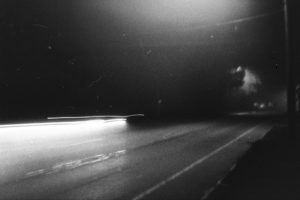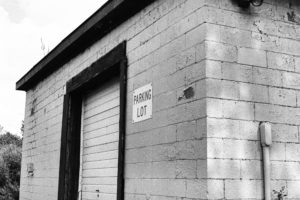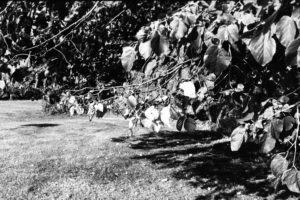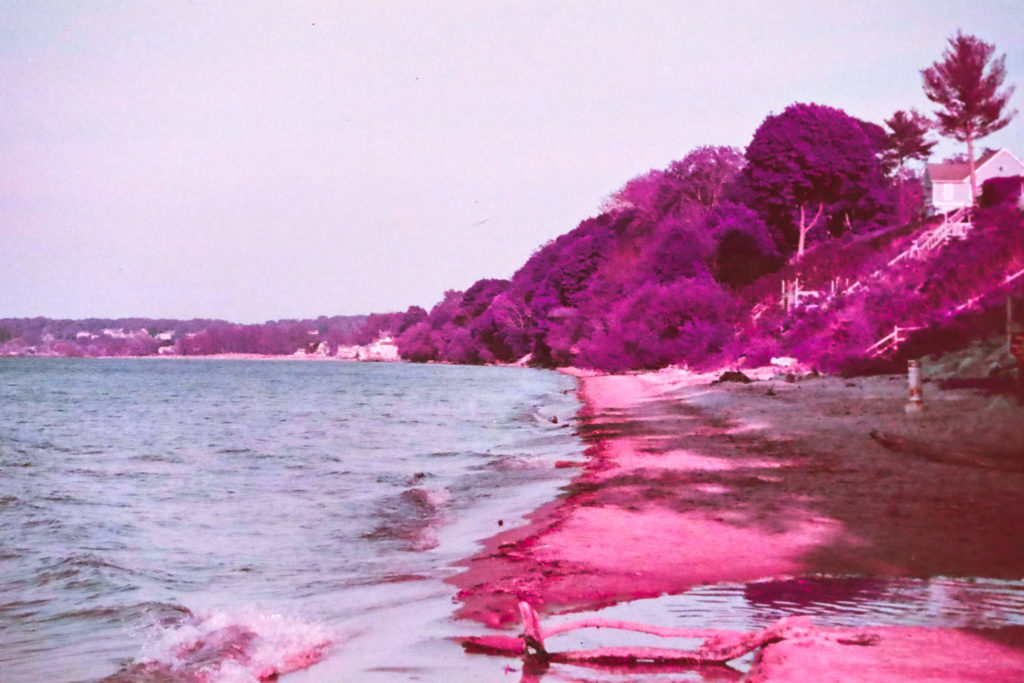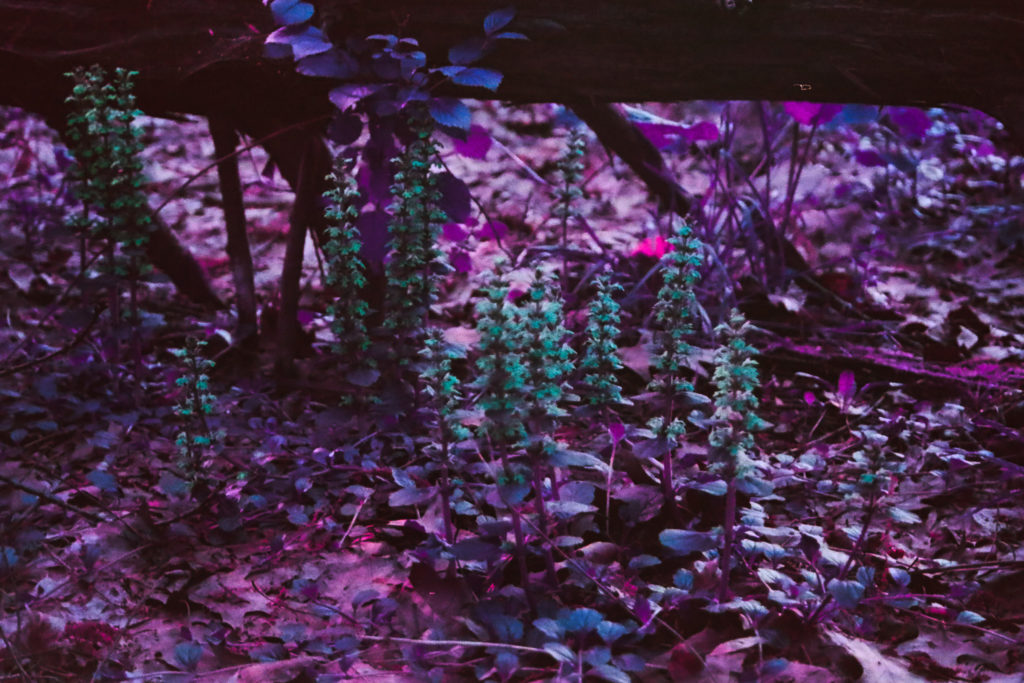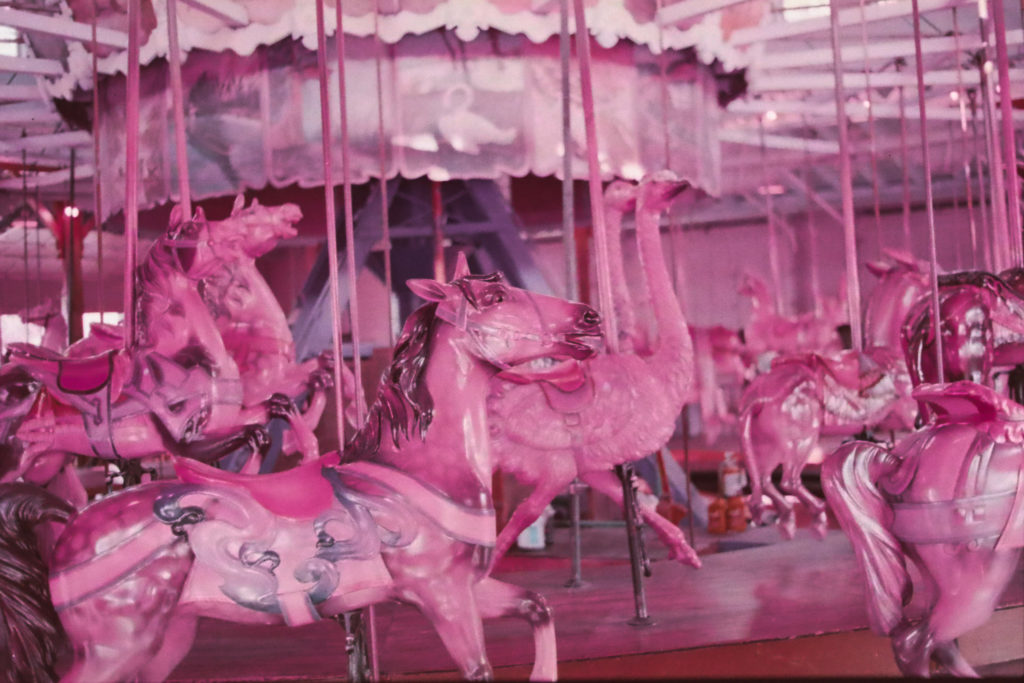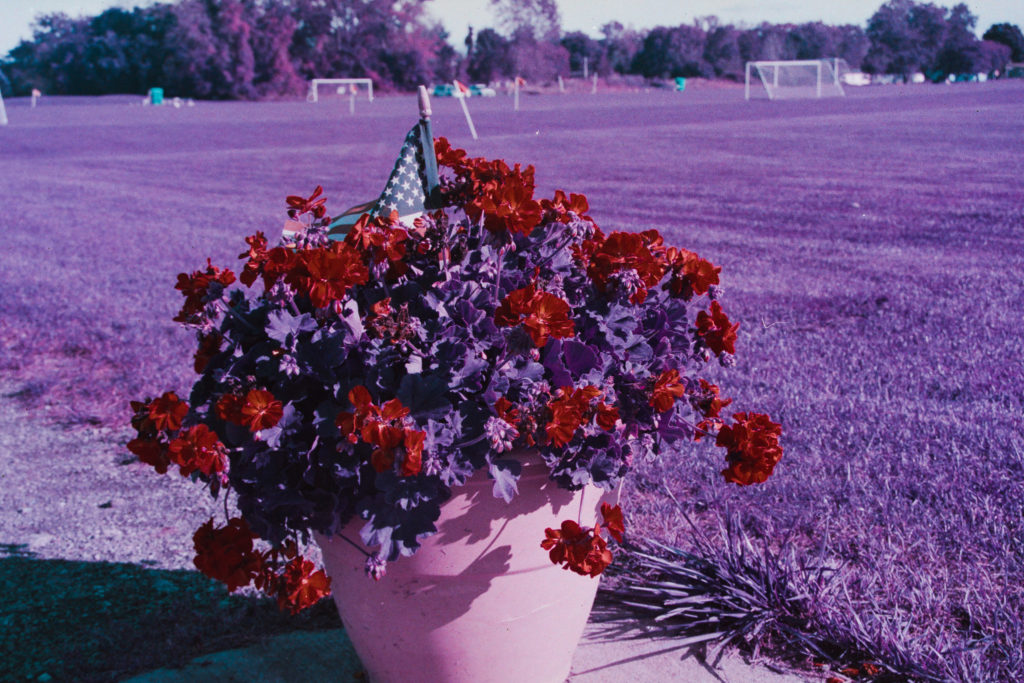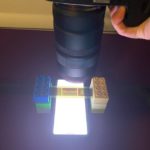When I got back into analog film, I explored the option of developing at home but was fortunate enough to find a local lab that develops color film at a good price. I marked it down as a TODO for later when I wanted save costs if I was developing film at high enough volume.
When I went to get the first roll of black and white film developed, I was shocked that the cost was three times that of getting color developed! After looking up the available options; to get all the supplies needed to develop BW film at home would only cost the equivalent of getting 5 rolls developed and that price would drop over time.
I ordered the JOBO Mono kit from Cinestill and picked up other supplies off Amazon.
After watching some Youtube videos, the process was really straight forward. BW film is more tolerant to temperature changes of the chemistry compared to color. The part I was worried about the most was removing the film from the canister and spooling it on the reel in the dark bag so I practiced a bunch with a spoiled roll of film.
From beginning to end; gathering all the supplies, getting the chemistry to temperature, prepping the film, and doing the developing only took about 30 minutes. I do have a couple things to improve after this first attempt but overall I’m really happy with how it turned out.
